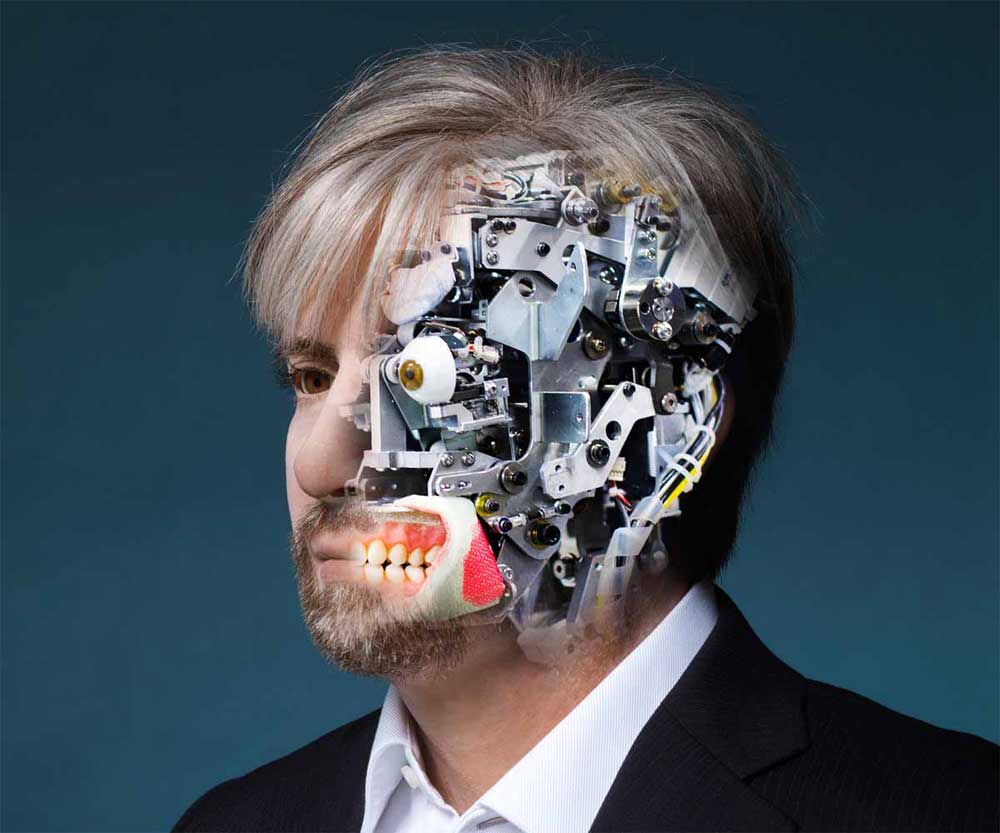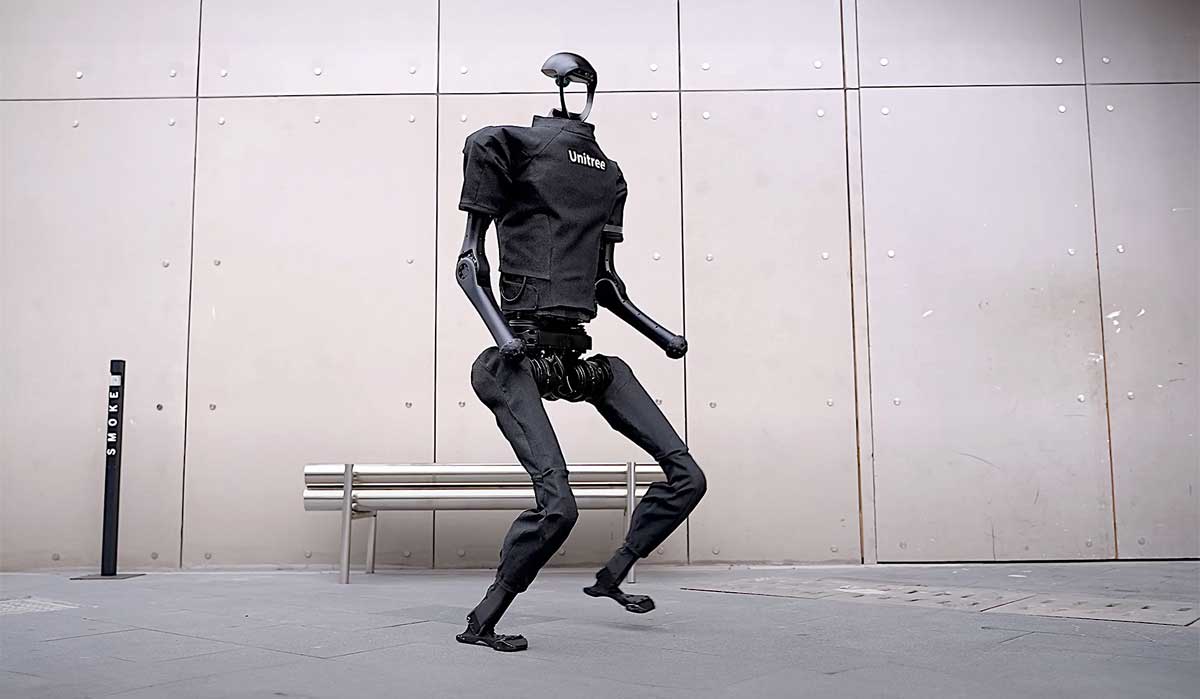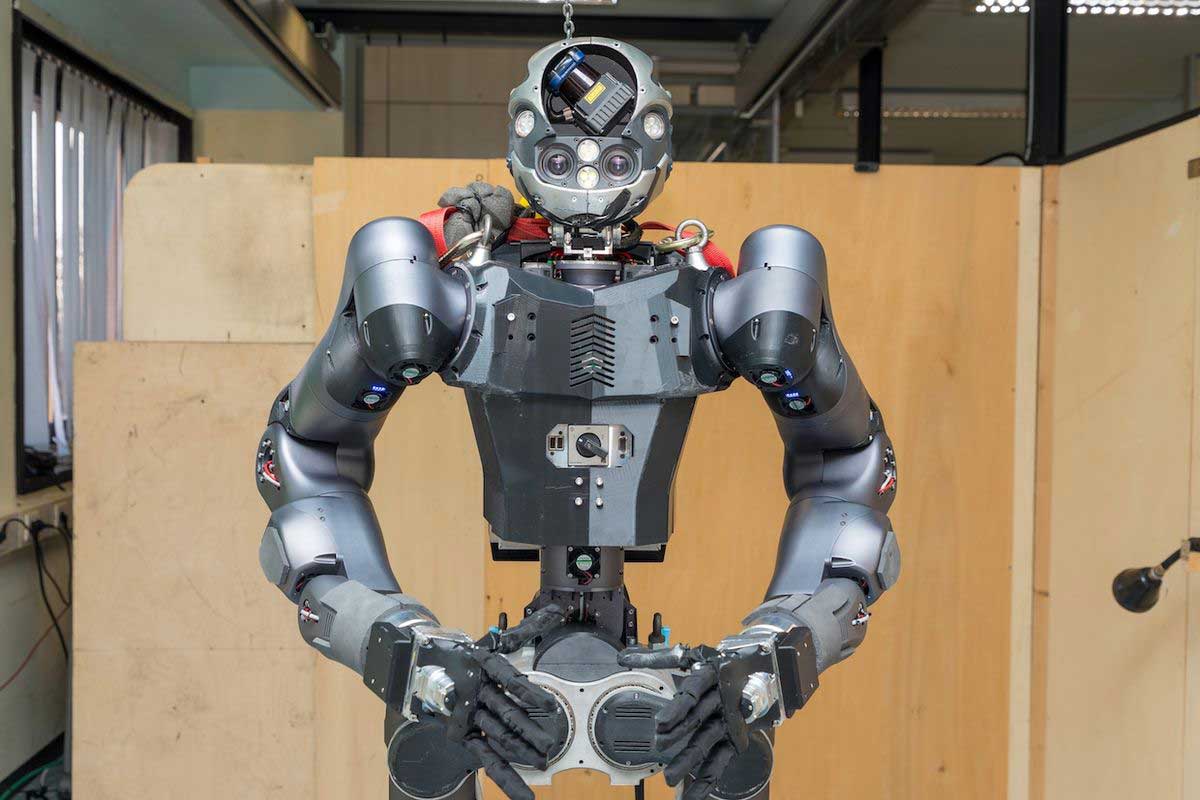Imagine a life-size android replicating your every facial expression and head movement in real-time. Enter the Geminoid DK, a robotic marvel unveiled in 2011 that blurred the lines between human and machine. Developed by Japanese roboticist Hiroshi Ishiguro, this humanoid wasn’t simply an impressive feat of engineering; it became a cornerstone for studying human-robot interaction (HRI) and the uncanny valley phenomenon.
Geminoid DK was modeled after Danish professor Henrik Scharfe, who used it as a remote avatar for research and public appearances. The robot mirrored Scharfe’s expressions and movements through teleoperation, creating an eerily realistic experience for those interacting with it. This level of human-like detail, including subtle involuntary movements and even breathing patterns, pushed the boundaries of what robots could achieve.
The robot’s purpose wasn’t to replace humans, but to understand how we respond to them. Studies using Geminoid DK explored questions like: How do people react to seeing a robotic replica of themselves? Does interacting with a familiar face influence trust and engagement? Does the uncanny valley, where human-like robots trigger discomfort, have a basis in our social interactions?
Geminoid DK’s impact transcended academic circles. It captured the public imagination, appearing in documentaries, television shows, and even art installations. This exposure sparked conversations about the future of robotics and the ethical considerations surrounding increasingly human-like machines.
While Geminoid DK might not be the most advanced humanoid robot today, its legacy endures. It serves as a reminder of the significant progress made in HRI research and stands as a testament to the power of robots to challenge our understanding of ourselves and our interactions with the world. The knowledge gleaned from Geminoid DK continues to inform researchers and developers as they push the boundaries of robotics, shaping the way we envision and interact with machines in the future.





Leave A Comment